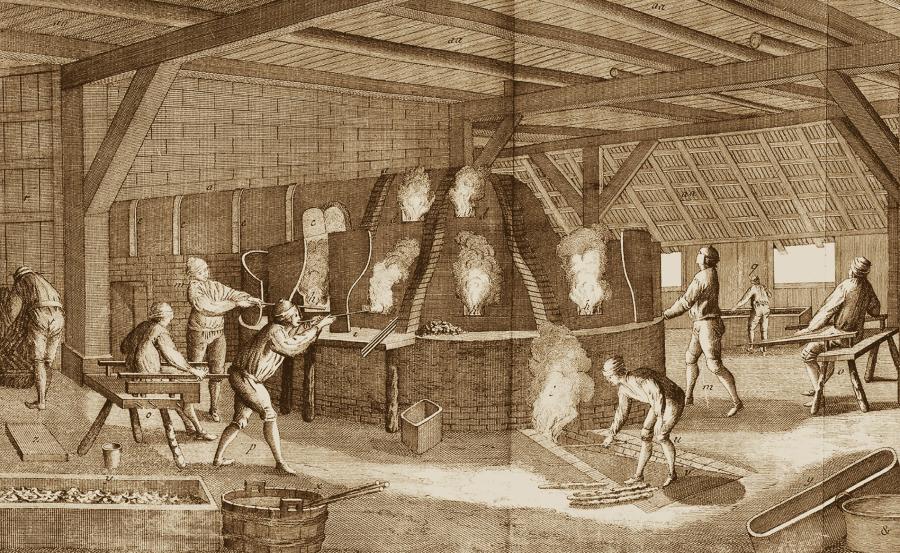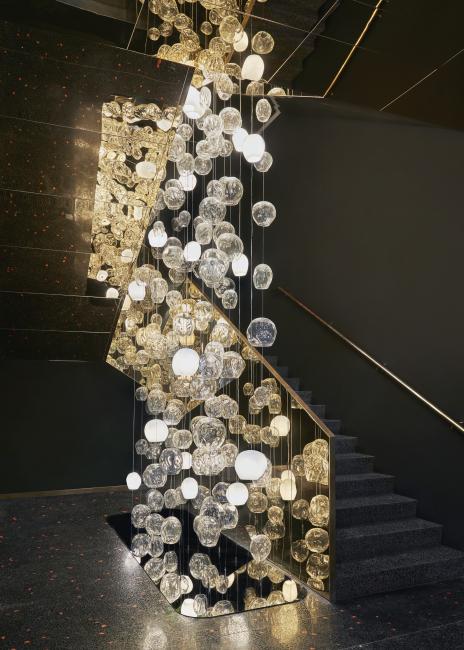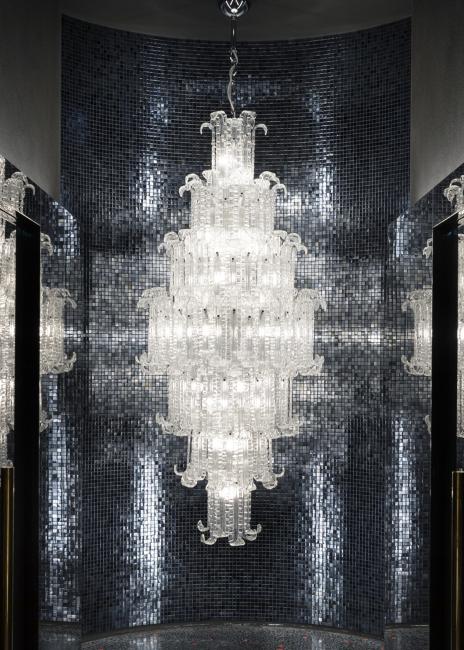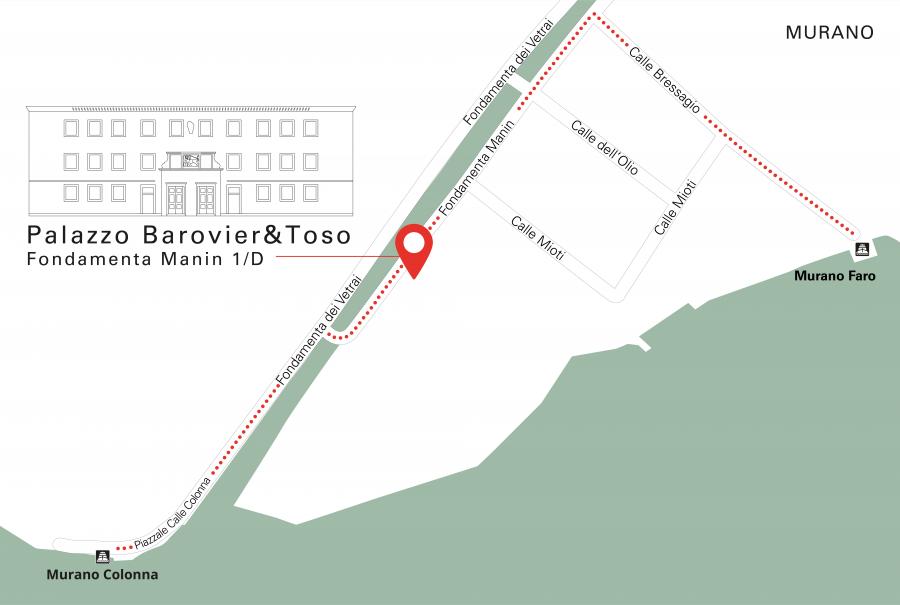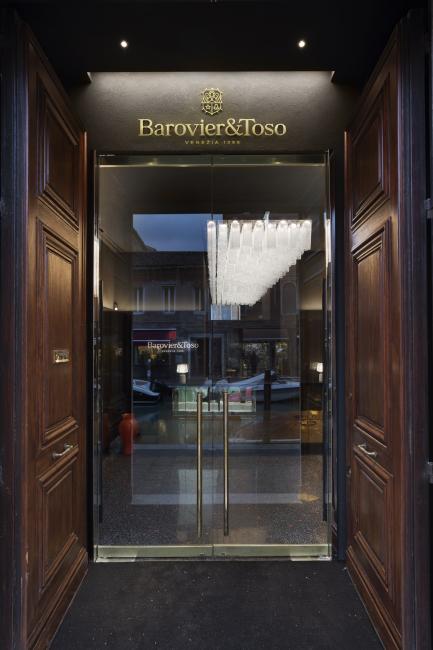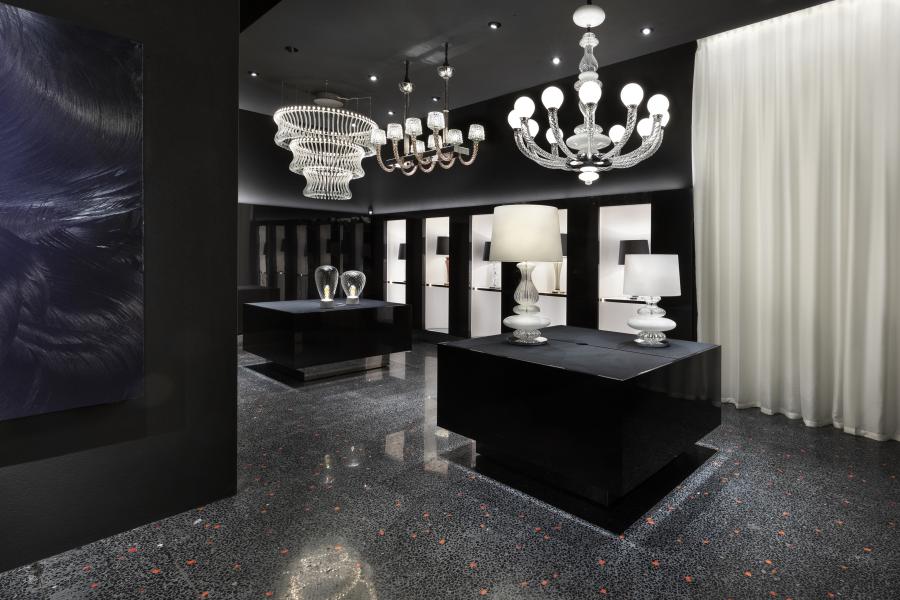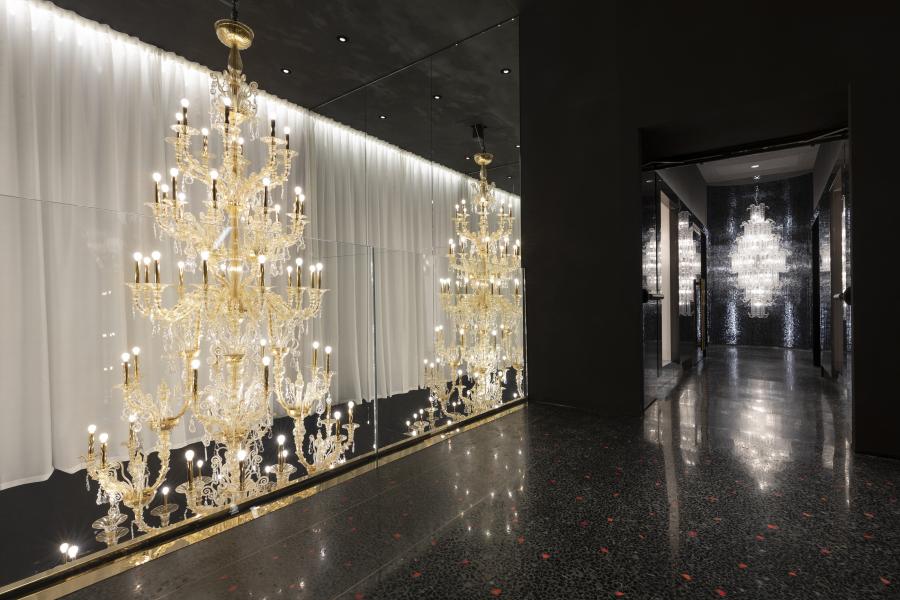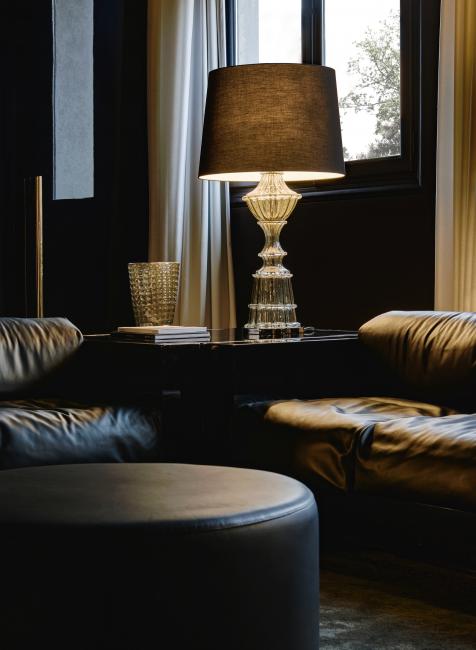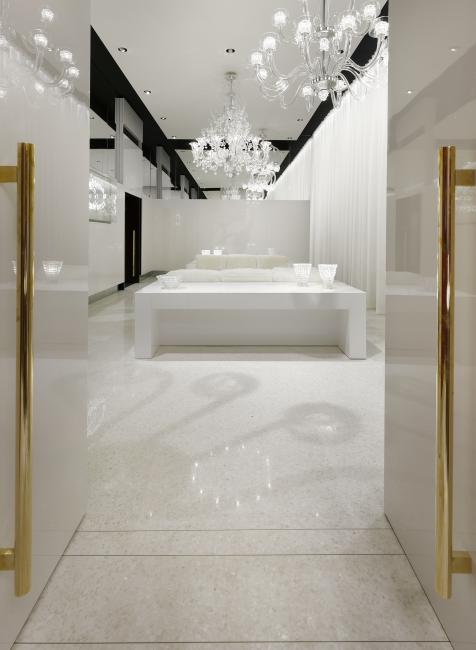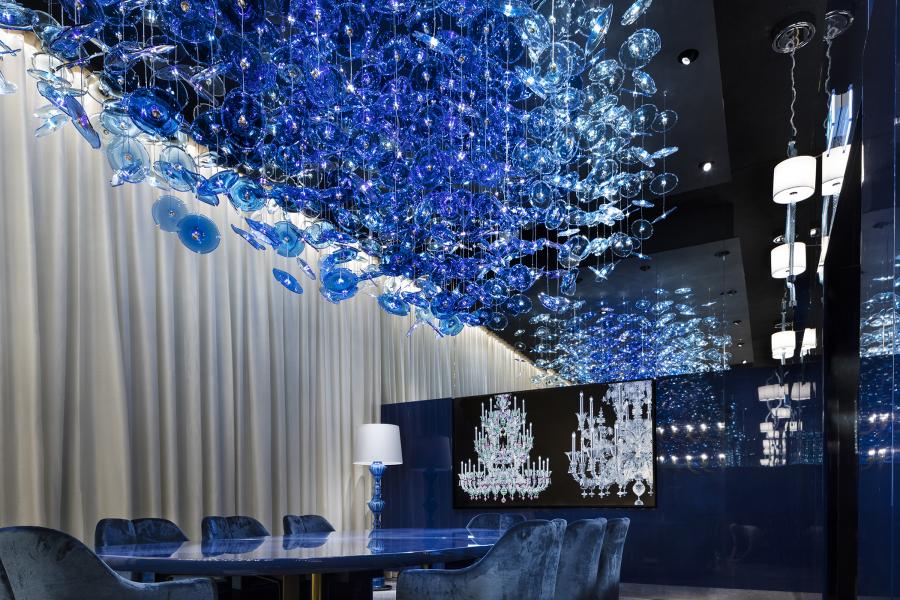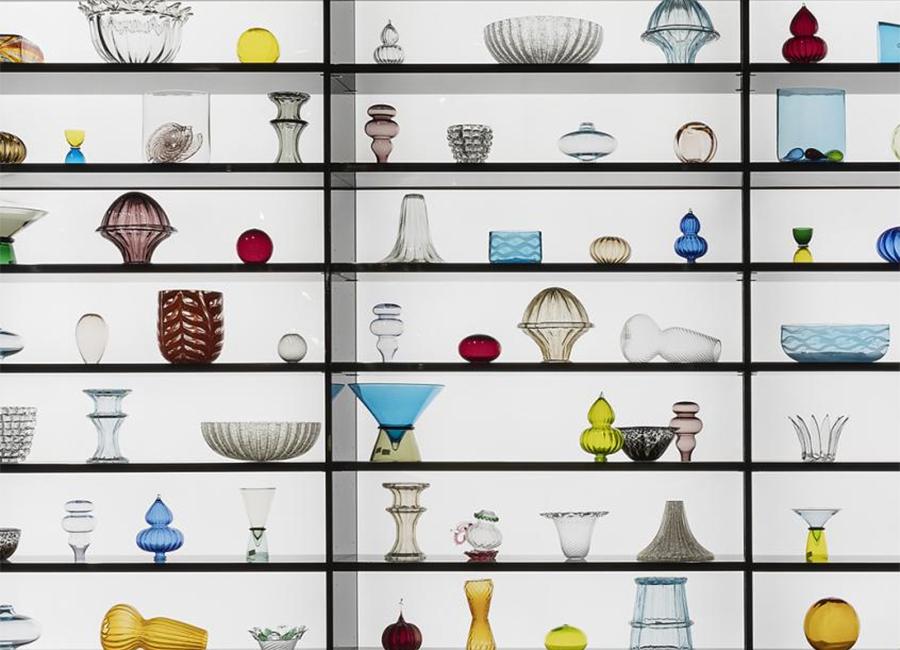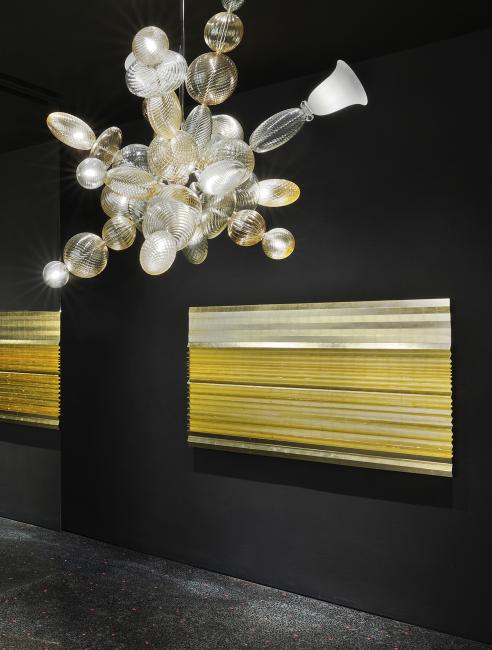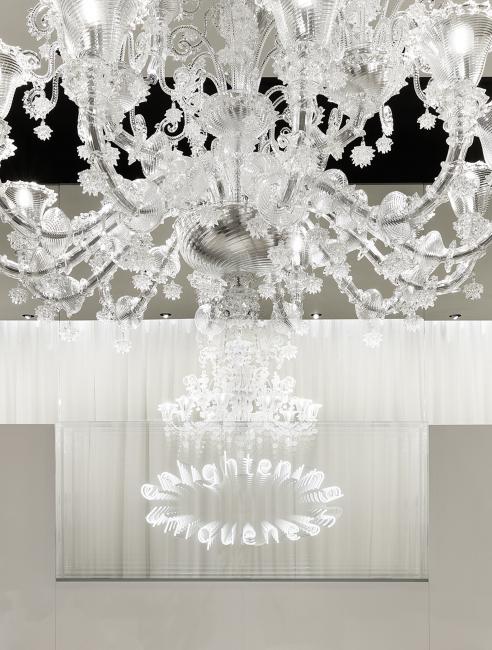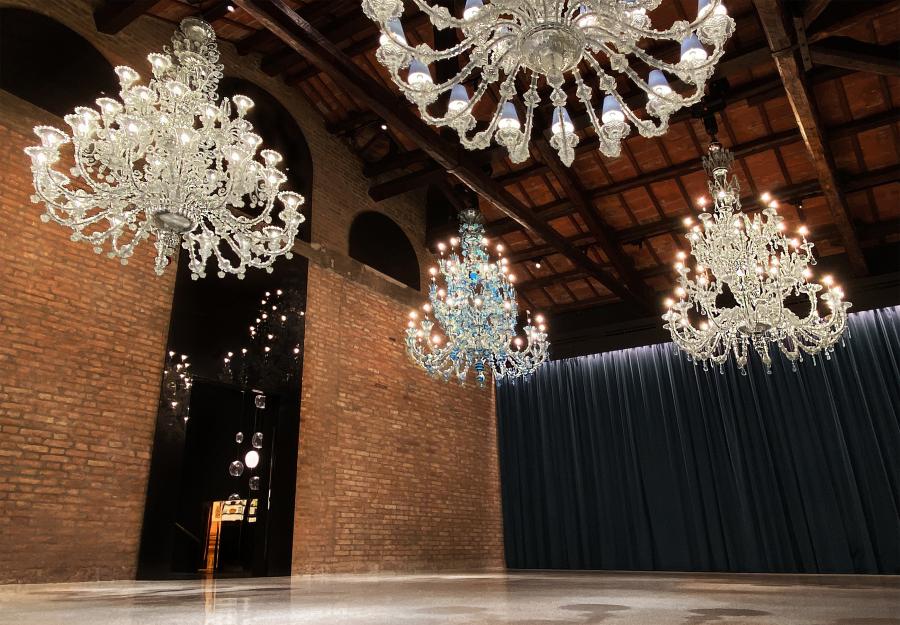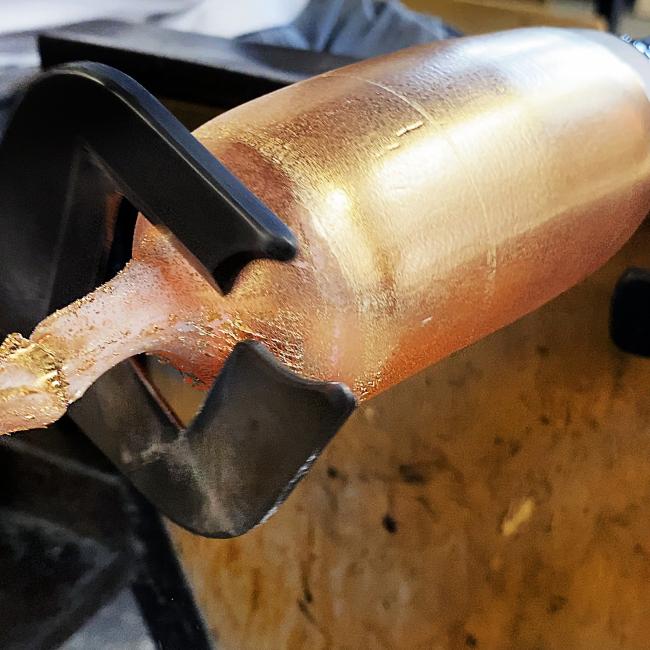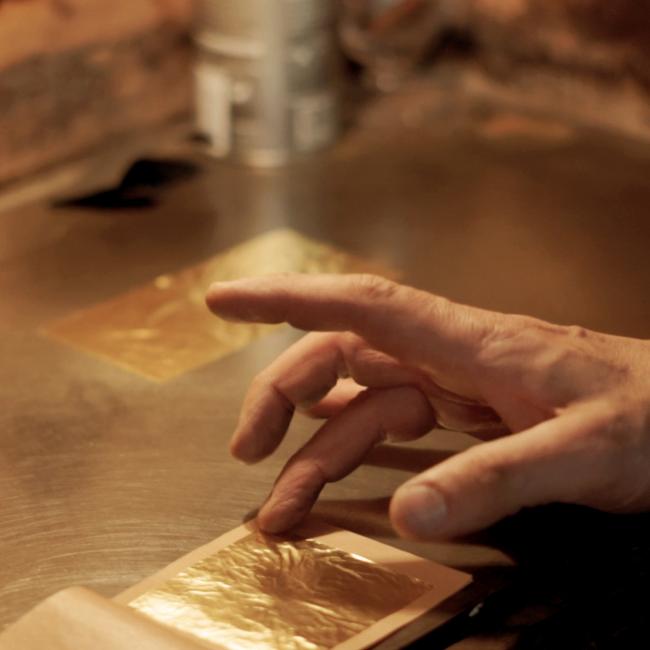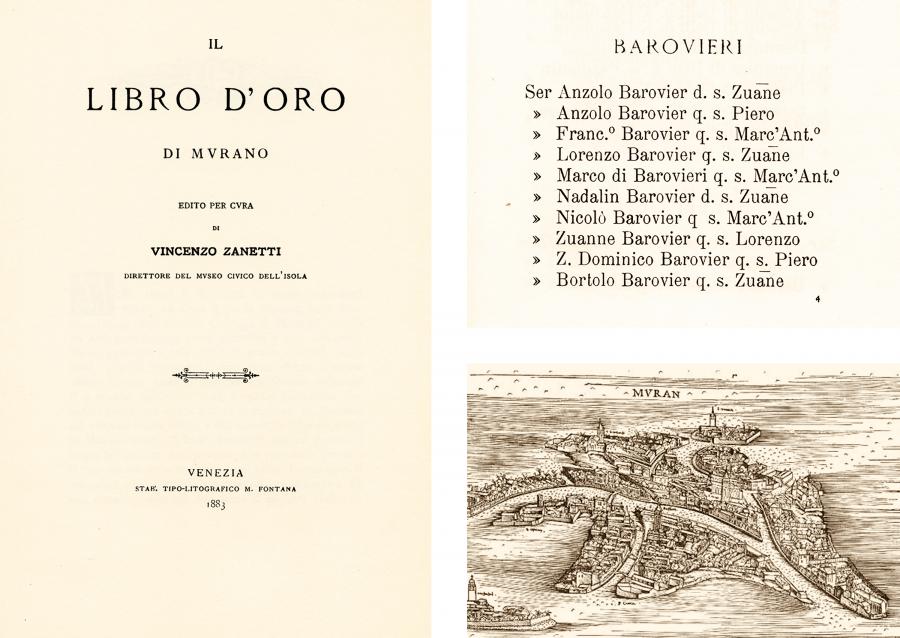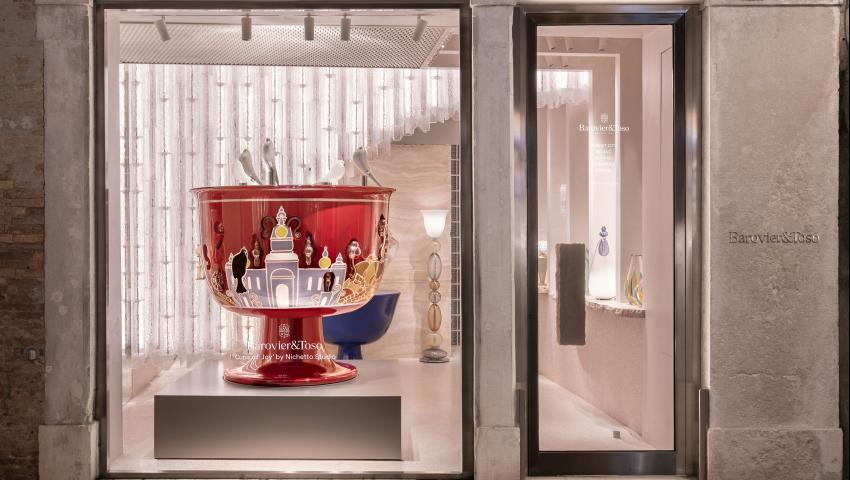A voyage to discover Palazzo Barovier&Toso
an art, an island, an authentic temple of luxury.
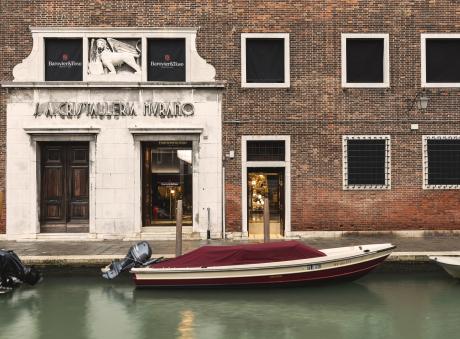
Jacobello Barovier, at the end of the 1200s, was the first member of the Barovier family to concentrate on working with glass. He was probably one of the first people to move to Murano after the legislation of 1291, enacted by the Republic of Venice, which ordered the relocation of all furnaces to that island. In that period, the history of Barovier&Toso began to take form, intertwined with the history of Murano. The art of glass began to be handed down in the family, from generation to generation, for over 7 centuries, overcoming obstacles and difficulties of various kinds.
A very special, exclusive location embodies and pays tribute to this history, giving it continuing life: Palazzo Barovier&Toso in Murano. Visiting this place is an experiencefull of surprises and emotions.
To Murano, the island that keeps the secrets of blown glass
Going to Palazzo Barovier&Toso means first of all going to Murano, formed by 9 small islands north of Venice. Today Murano is a town where people live, open to visitors and well connected to Venice and the mainland. But that was not always the case.
In the past, the island was isolated by order of the Republic of Venice, to jealously safeguard the art of glassmaking which had to be relegating to this site. For centuries its work took place under the direct control of the Serenissima, to protect the secrets of the trade. Glassmakers were forced to live on the island, in exchange for special privileges.
Rio dei Vetrai and Fondamenta Manin
The historic canal faced by all the most famous furnaces in the world is Rio dei Vetrai. From the Murano Colonna stop, walking for about 200 meters, you reach Fondamenta Manin, the location of Palazzo Barovier&Toso, near the historic headquarters of the company. Built in 1920, its original façade has been kept intact, with earthenware bricks, the symmetrical arrangement of the windows and the winged lion guarding the entrance.
Palazzo Barovier&Toso
Once beyond the entrance, Palazzo Barovier&Toso reveals all of its striking majesty. The gaze is captured by opulence and reflections. The sumptuous spirit of Venetian Crystal resonates in every Barovier&Toso creation.
The interior design by the studio Calvi Brambilla is essential and modern. The thrilling, evocative atmosphere is filled with light and colour. The visit itinerary unfolds on three levels, connected by a large golden staircase. At the centre of this two-story space looms a majestic Taif with 76 lights, the iconic chandelier designed in 1980, which emblematically embodies the skilled craftsmanship perpetuated by Barovier&Toso.
The space of 900 square meters is a fascinating pathway, triggered by the emotional impact of the glass creations. Beauty, refinement, art, design... not a mere showroom, but an authentic temple of luxury, an expression of history and contemporary flair, tradition and innovation.
In the interiors, colour marks the character of every space, creating intimate, exclusive settings that bring out the intensity of the visual experience. Ulterior echoes are provided with works of art by Jason Martin, Brigitte Kowanz and Astrid Krogh, inserted as integral parts of the overall display. Chandeliers, suspension lamps and table lamps by Barovier&Toso mingle in a variegated and surprising narrative that speaks of creativity, heritage and elegance.
SECRETS FROM THE FURNACE
The Taif chandelier on view at Palazzo Barovier&Toso is truly impressive in terms of size and number of lights: as many as 76. It is composed of 1522 golden Venetian crystal elements and 268 pendants. This custom version called for a colossal effort on the part of the craftsmen. It required 675 kilograms of sand, corresponding to 1080 kilograms of molten glass, shaped by hand by the master glassmakers of Barovier&Toso over a total of 415 hours. Later, Taif called for as many as 100 hours of assembly, and 100 hours of testing and quality control. The result is a unique creation of inestimable value.
HITS&TIPS
In 1602, at Murano the chief magistrate Gabriele Barbarigo created the Libro d'Oro, known today as the book of the glassmaking nobility of the island, whose original is conserved at Museo Civico Correr. This book gathers the names of those who were able to demonstrate their status, at the time, as one of the original families of Murano: only 152 surnames are recorded in this document, one of which is Barovier. The members of these families were the citizens of the Magnifica Comunità of Murano, the only ones able to hold seats on the Council, to issue currency, to bear arms in public, and above all to have the right to make glass. The privileges did not stop here, because daughters could also marry a noble to acquire all the associated rights. The only limitations imposed on the glassmakers was to never leave the boundaries of Venice in the practice of their art, under penalty of death.
